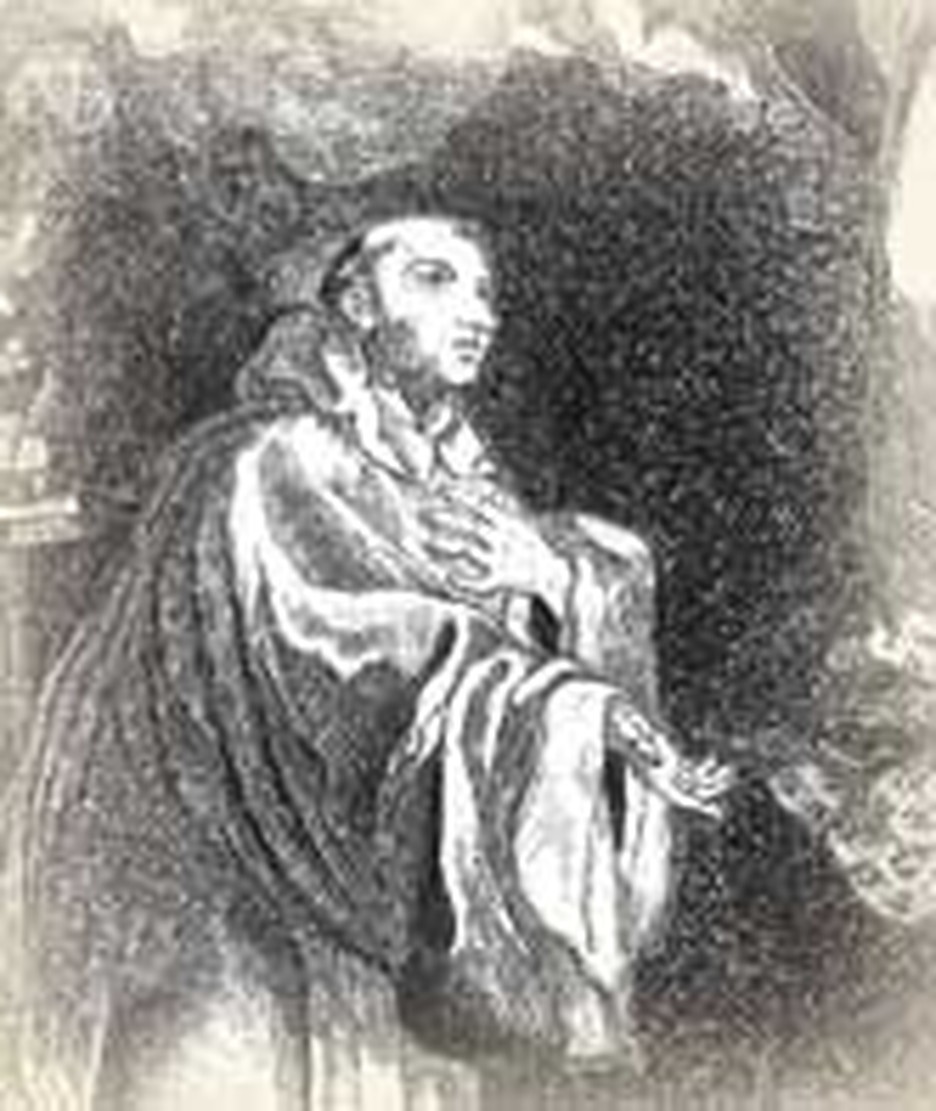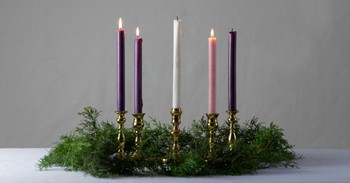
Time and again, the church has become corrupt. Time and again, God has raised up individuals to correct its abuses. One such correction began on this day, March 21, 1098 with a new monastic order.
Earlier orders had become rich with this world's goods. Robert of Molesne, Stephen Harding and other reforming monks knew this was bad. Had not Jesus lived a life of poverty? Had not his disciples left all to follow him? Furthermore, Jesus had called the rich ruler to leave all to follow him and had taught that it was hard for the wealthy to enter the kingdom of heaven. To escape soul-sapping wealth, these noble-minded men organized a monastery at Citeaux in Burgundy. Their new monastic order, the Cistercians or "white monks" stressed silence, austerity and manual work rather than scholarship. Intent on resisting the lure of the world, they sought a desolate place to build their community and refused to accept tithes, gifts, or lay patrons. Their church would be plain with no treasures or personal possessions.
The ideal of these new monks was to farm, cook, do carpentry and weave. They kept no servants, believing that work itself was a form of prayer. Their day was devoted to manual work, meditation, reading, and divine service. They allowed themselves seven hours of sleep in winter and six in summer. In summer they ate once a day; in winter, twice.
Fourteen years later, in 1112, the most famous of the Cistercians, Bernard of Clairvaux, arrived at Citeaux. He later established a Cistercian monastery at Clairvaux, the first of over sixty-five monasteries he would found, whose influence grew throughout Europe. Bernard's hymn, "O Sacred Head, Now Wounded" became closely associated with the Cistercian order.
By 1300, over 600 Cistercian monasteries and nunneries were in existence. In one of the greatest thrusts of civilization, they transformed the wastes of Europe into productive lands, improved cattle breeds, developed methods of agriculture and taught them to farmers. The productivity of the monks made them wealthy. Gradually, they withdrew from manual work, leaving that to lay brothers associated with their monasteries. Eventually the order was accused of greed, as had been the orders before them. The cycle had repeated itself.
Nonetheless the influence of the Cistercian organization carried over into the newly emerging military orders of the Crusades, including the Knights Templar, the Hospitallers, and the Teutonic Knights.
Bibliography:
- "Cistercian Order." The Oxford Dictionary of the Christian Church. Edited by F. L. Cross and E. A. Livingstone. Oxford, 1997.
- Durant, Will. The Age of Faith. The Story of Civilization, Part IV. New York: Simon and Schuster, 1950.
- Gildas, F. M. "Cistercians." The Catholic Encyclopedia. New York: Robert Appleton, 1914.
- Gildas, M. "St. Bernard of Clairvaux." The Catholic Encyclopedia. New York: Robert Appleton, 1914.
- Jameson. Legends of the Monastic Orders. London: Longman, Green and co., 1872.
- Nigg, Walter. Warriors of God; the great religious orders and their founders. New York: Knopf, 1959.
- Wells, Amos R. A Treasure of Hymns; Brief biographies of 120 leading hymn- writers and Their best hymns. Boston: W. A. Wilde company, 1945.
- Various encyclopedia articles, histories, histories of Christianity and internet articles.



